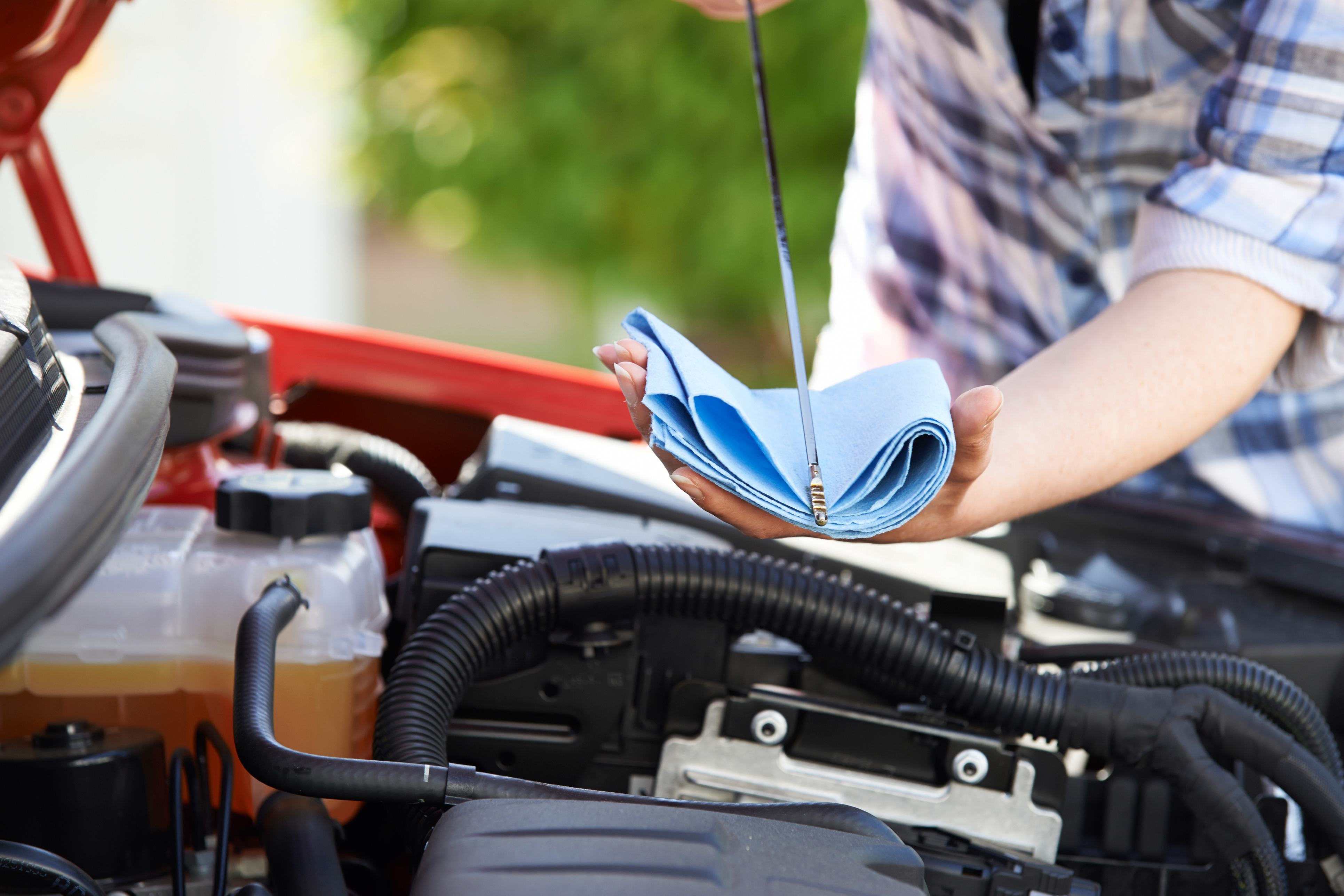How to check your car's engine oil consumption
Monitor your car's oil consumption to avoid engine trouble. Learn how to calculate the oil burn rate and what to do if it's excessive.
Ever wondered where all that engine oil goes? A healthy car burns a small amount of oil over time, but excessive oil consumption could be a sign of mechanical trouble. Monitoring your oil usage is an important part of routine car maintenance.
In this article, we'll explore how to estimate the amount of engine oil your car is consuming and what to watch for if your oil seems to be disappearing too quickly.
Signs that your car might be burning engine oil
- Blue exhaust smoke - This is a classic sign of oil burning in the engine. If you notice a bluish tint to your exhaust fumes, especially after starting the car or accelerating, it's a good idea to check your oil level.
- Frequent top-pps: If you find yourself topping up your engine oil more often than usual, it could be a sign of increased oil consumption. Keep track of how much oil you're adding and how often.
Estimating your oil consumption rate
Here's a simple method to calculate your car's oil consumption:
- Fill up: Head to the service station and fill your lubricant tank completely. This will serve as our starting point.
- Mileage reset: Note your car's mileage and reset the trip meter, or record the current mileage for reference.
- Drive as usual: Go about your regular driving routine. Aim to cover at least a decent distance, ideally over 100 kilometres.
- Refill again: Return to the service station and fill your lubricant tank all the way up again, using the same pump or brand if possible. Note the mileage and the amount of oil you add this time.
The math - now it's time for some simple division. Divide the total distance driven (from step 3) by the amount of oil added during the second refill (step 4). The result will be your oil consumption rate, typically expressed in kilometres per litre of engine oil.
For example: If you drove 500 kilometres and added 1 litre of oil during the second refill, your car is consuming oil at a rate of 500 km per litre, or 2 ml of oil per kilometre.
Keep in mind: This is a basic estimate. Several factors influence oil consumption, so consult your car owner's manual for specific guidelines. Generally, a slight amount of oil consumption is normal, but excessive burning (often exceeding 1 litre per 1,000 litres) could indicate an underlying engine issue.
What to do about excessive oil consumption
If you suspect your car's engine is burning an excessive amount of oil, don't ignore it. Consult a mechanic to diagnose the cause. Potential culprits include worn piston rings, damaged valve seals, or slow leaks somewhere. Early detection and repair can save you money in the long run by preventing engine damage.
By monitoring your oil consumption regularly, you can stay on top of your car's health and avoid costly repairs down the road. Remember - routine maintenance is key to keeping your vehicle running smoothly and safely.
